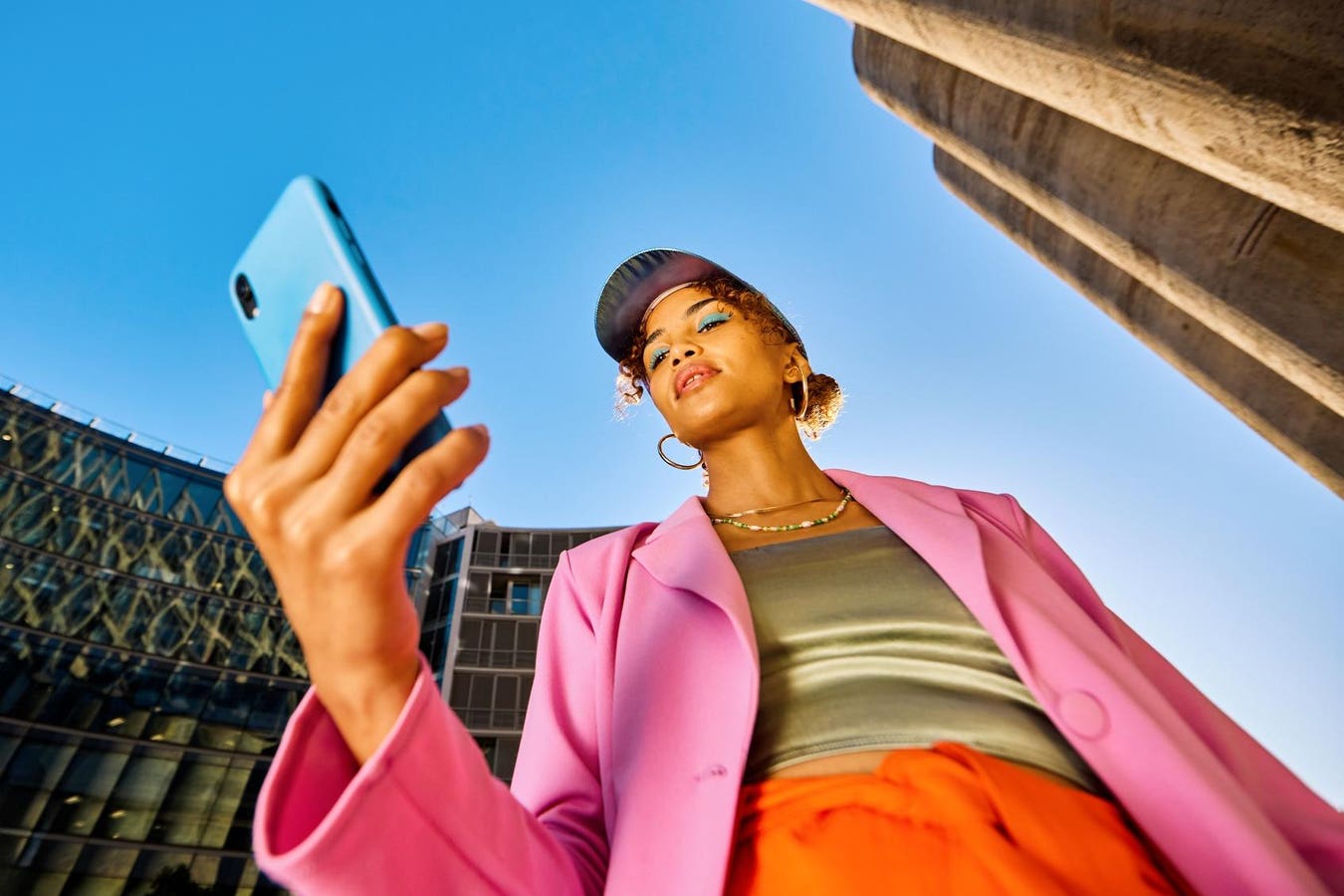Future of the creator economy.
An estimated 150 million Americans watched Apollo 11 land on the Moon in 1969. Brands like Volkswagen, IBM, Sony, General Electric, General Motors and Panasonic capitalized on the spectacle through broadcast advertising. Many of the world’s most recognized brands have been built on the back of TV advertising. Back then, attention was easy to buy if you had a hero campaign and a respectable media budget. Today, audience fragmentation makes it more challenging and more expensive to reach the same number of people. To unlock growth, marketing spend is shifting from traditional TV to influencer marketing. New WFA research shows that 54% of multinational brand marketers plan to boost influencer marketing spend in 2025.
In a recent interview, Fernando Fernandez, the new Unilever CEO, highlighted the FMCG’s ambition to build “desirability at scale.” Unilever plans to spend half of its ad budget on social media and work with 20 times more influencers. Fernandez stated, “Messages of brands coming from corporations are suspicious messages.” He added, “Creating marketing activity systems in which others can speak for your brand at scale is very important.” The rationale is clear. People trust people more than they trust faceless corporations. However, if brands want to unlock the creator economy’s value, they need to overcome three major challenges.
Influencer Fatigue
Becoming a TikToker or YouTuber is now officially the number one career aspiration for Gen Alpha. Since I first wrote about the creator economy, the market has doubled and is estimated to reach half a trillion dollars by 2027. As more money flows into the sector, the creator content space will become oversaturated and commodified. In summary, a higher proportion of creator content will be brand-sponsored. This is an inherent attribute of marketing. Where attention goes, money flows. However, most people don’t follow their favorite creator to learn more about mustard, Marmite or mayonnaise. Unless managed carefully, people suffer from influencer fatigue as their feeds get inundated with inauthentic brand promotions. We are already seeing the rise of digital detox and the resurgence of real-life experiences amongst Gen-Z. Young people want to break free from social media and find human connections again.
To avoid influencer fatigue, brands need to surrender control and give creators the creative freedom to communicate with their audience in their own unique way, instead of reading out a corporate message. Nonetheless, working with thousands of creators can dilute brand consistency and equity. Each creator will have a slightly different approach, messaging and audience. Brand managers can’t control the narrative like in broadcast media. Therefore, making brands more susceptible to backlash. As seen with Poppi’s vending machine controversy, Bud Light’s boycott and Shein’s influencer backlash after a factory tour. Brands should focus on relevant micro-communities with shared values, interests and passions.
Creator-Owned Brands
Brands are no longer competing with other brands for consumers. They are now in direct competition with a new generation of creators establishing and growing their own brands. Creators have a strong parasocial relationship with their audience, whereas brands must continuously pay to reach their desired audience. A recent survey shows that 88% of creators have already launched their own product. Moreover, 33% of Gen-Z have purchased a product from a creator-founded brand. Creators are not just distribution channels. They are brand builders.
Though most creator-owned brands are small and medium-sized DTC operations, we are starting to see the emergence of global creator-owned brands. For example, Huda Beauty was ranked the number one beauty brand in Q1 2025, above NYX, Dior Beauty and Charlotte Tilbury. Hailey Bieber’s skincare brand, Rhode, was recently acquired by E.L.F. Beauty for $1 billion. And Emma Chamberlain’s coffee brand is projected to hit $33 billion in revenue this year. For brands, the relationship with creators has to expand beyond a transactional social post into a strategic partnership founded on shared values. Brands bring global scale and resources; creators have a highly engaged community. Building joint ventures and brand ambassador programs should be a top priority.
Deinfluencing
The deinfluencing hashtag has over a billion views across more than 75,000 posts on TikTok. Deinfluencing is when creators tell followers what not to buy and which brands to avoid. Young people are using social media to discourage needless consumption. The cost of living crisis, growing awareness of the climate emergency and micro-trend fatigue are motivating a growing number of creators to deter their friends and followers from buying more stuff. If the trend continues to gain momentum, it poses a serious risk to brand advertising and influencer-backed campaigns.
Deinfluencers often offer hacks, DIY alternatives and better-quality options. The aim is to make people more conscious of their consumption habits. If people still need to buy, a deinfluencer usually signposts their audience to the most ethical and sustainable option. The movement will make creators more wary about the brands they collaborate with. For brand marketers, deinfluencing requires a shift to more honest communication, ethical products and circular business models. Otherwise, your brands and products will be at risk of being deinfluenced. Already, 64% of Gen-Z have decided not to spend with a brand as a direct result of engaging with deiinfluencer content. In the words of Jeff Bezos, founder of the world’s biggest e-commerce company: “Your brand is what other people say about you when you’re not in the room.”

